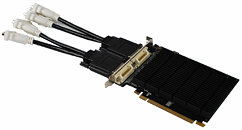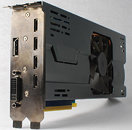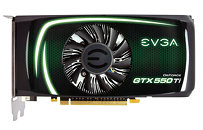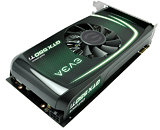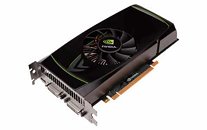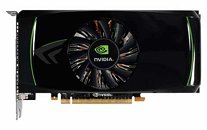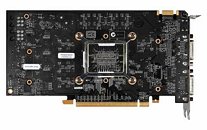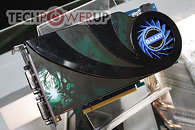
Galaxy Readies Two GeForce-based Multi-Display Graphics Cards
Multi-display has huge benefits for productivity, gamers are only beginning to see them, but are restricted to higher-end graphics cards to get playable frame-rates. Prior to consumer multi-display ready graphics cards after ATI/AMD Eyefinity and NVIDIA 3DVision Surround, multi-display (>2 displays per graphics card) was restricted to the professional graphics market, where GPU vendors made a killing selling expensive graphics cards that handled over 2 display heads with just about enough graphics processing power to handle Windows Aero UI. One of NVIDIA's biggest AIC partners, Galaxy, took it upon itself to make GeForce-based multi-display graphics cards that make multi-display a lot more affordable. Currently, affordable multi-display graphics card market is dominated by AMD Radeon, where even the entry-level $50-something HD 6450 can handle 3 displays, while the $90-something HD 6670 handles 4.
Galaxy designed two new such GeForce-based graphics cards, the first is an entry-level card based on GeForce 210, which is single-slot, full-height, and silent. It uses two IDT VMM1402 chips to handle up to four full-HD (1920 x 1080) displays using four DVI connectors. The card has two DMS-59 connectors, there are two cables provided, which convert each DMS-59 to two DVI connectors.
Galaxy designed two new such GeForce-based graphics cards, the first is an entry-level card based on GeForce 210, which is single-slot, full-height, and silent. It uses two IDT VMM1402 chips to handle up to four full-HD (1920 x 1080) displays using four DVI connectors. The card has two DMS-59 connectors, there are two cables provided, which convert each DMS-59 to two DVI connectors.
